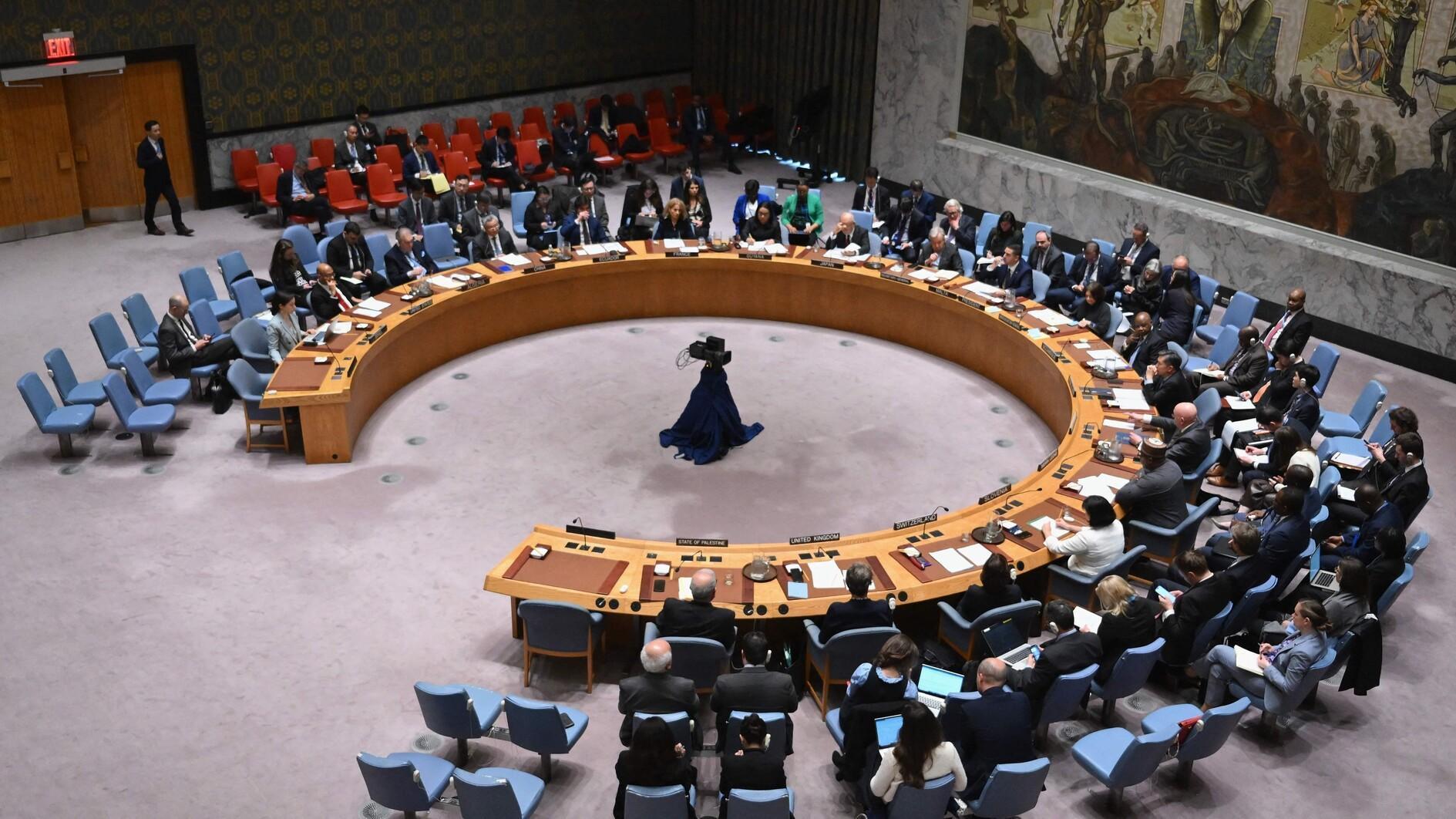Exponential Ebola
Here are two good things about the Ebola virus. It is unlikely to mutate into a version that can spread through the air, as some other viruses have done. And people who have been infected by Ebola cannot pass it on to others during the incubation period (between two and 21 days). Only when they develop detectable symptoms, notably fever, do they become infectious to others, and only by the transfer of bodily fluids.
Here are three bad things about Ebola. The “bodily fluids” that can transmit it include even the tiniest droplet of sweat: just the slightest touch can pass the virus on. The death rate for those who become infected is 70 percent. And the U.S. government’s Centers for Disease Control warned recently that we could have 1.4 million cases of Ebola by January.
Since the number of known cases so far is only around 7,500, that suggests that the number of new cases is doubling approximately every two weeks. This is called exponential growth: not 1, 2, 3, 4, 5, 6... but 1, 2, 4, 8, 16, 32.... If you put one grain of wheat on the first square of a chess-board, two on the second, and keep doubling the grains every square, there are not enough grains of wheat in the world to get you to the 64th square.
Until and unless a vaccine becomes available in very large quantities, the only way to stop the exponential spread of Ebola in the affected countries is to isolate the victims, a task that is very difficult in mostly rural countries with minimal medical facilities. Liberia with 4.2m people, had only 51 doctors and 978 nurses and midwives at the start of the crisis, and some of those have already died or fled.
You don’t need to find and isolate everybody who gets the disease to break the exponential pattern. Just isolating 75 percent of them as soon as they become infectious would drastically slow the spread. But at the moment, in the three most affected countries, only an estimated 18 percent of the victims are being taken to treatment centers (where, of course, most of them will die).
This is why the most important intervention so far has been the dispatch of 3,000 U.S. troops to Liberia, with the primary job of creating 17 large tent hospitals and training 500 nurses to work in them. Britain is providing 200 new hospital beds in its former colony of Sierra Leone, with 500 more in the next few months. Cuba has sent 165 health workers, China has sent 60, and France has sent various teams to help its former colony, Guinea.
But with the exception of the American aid to Liberia, it is all woefully inadequate. Nine months after the first case of Ebola was confirmed in Guinea, we are still playing catch-up, and playing it badly. Why is that? Aren’t the developed countries also at risk if the virus continues to spread?
Well, no, or at least their governments don’t think so. Even without a vaccine, they are confident that their health services can find and isolate any infected people quickly and prevent Ebola from becoming an epidemic in their countries. They are probably right, and so they see the limited help they are sending to West Africa as charity rather than a vital self-interest. But they may be wrong.
As Professor Peter Piot, who first identified the Ebola virus in 1976, said in a recent interview with Der Spiegel, “I am more worried about the many people from India who work in trade or industry in West Africa. It would only take one of them to become infected, travel to India during the virus’s incubation period to visit relatives, and then, once he becomes sick, go to a public hospital.
“Doctors and nurses in India often don’t wear protective gloves. They would immediately become infected and spread the virus.” Then you would have Ebola on the loose in a country of more than a billion people, millions of whom travel abroad each year. All hope of confining the disease to Africa and driving it back down to almost nothing, as was done in previous outbreaks, would be gone.











